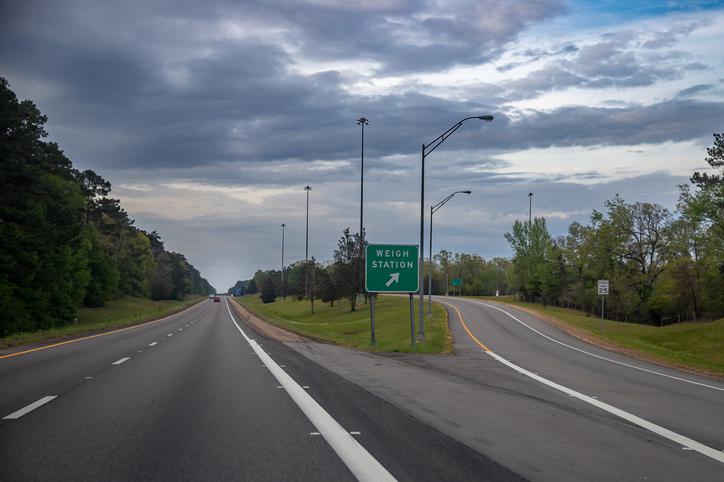The current Australian motoring landscape is radically different to the one you and I grew up with. This statement is verging on painfully obvious, but it might surprise you just how quickly and how radically change has occurred.
Twenty years ago, buyers made very simple choices. Small families bought small cars and large families bought large cars, the two categories accounting for 21 per cent and 24.6 per cent of the Australian market respectively in 2001.
SUVs were in their infancy – so much so that they didn’t even have their own section in the VFACTS sales data, instead being lumped in with ‘Light Trucks’. ‘All Terrain Wagons’, as they were then known, incorporated everything from a Honda HR-V to a Range Rover and accounted for just 15 per cent of sales – and to be honest a lot of those were the Toyota Landcruiser and Nissan Patrol.
Dual-cab utes were of limited appeal, finding favour with just 4.5 per cent of buyers, mostly primary producers or off-road enthusiasts.
Today’s figures illustrate just how far the market has shifted. SUVs of various shapes and sizes accounted for 49.6 per cent of sales in 2020 – or basically one in every two vehicles – while dual-cab demand has almost quadrupled to 16.7 per cent.
Small-car sales have dried up to just 13.2 per cent of the market, but what of large cars, the dominant player of 20 years ago? In 2020 they accounted for just 0.6 per cent of sales.

